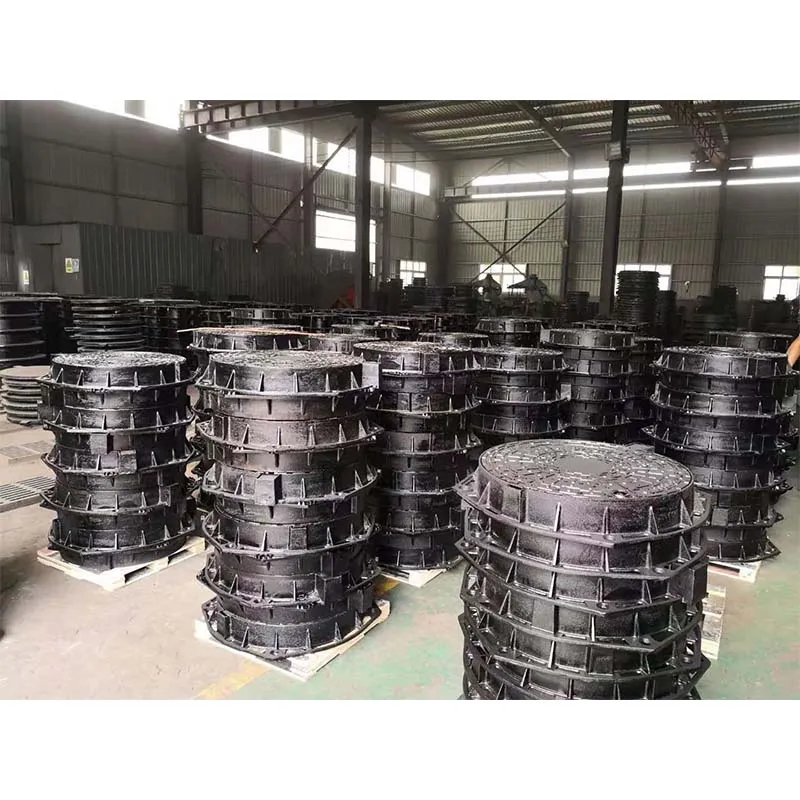air release and vacuum breaker valve
Air Release and Vacuum Breaker Valves Essential Components for Pipeline Integrity
In fluid transport systems, ensuring the integrity and efficiency of pipelines is paramount. Among the various components that facilitate optimal operation are air release valves and vacuum breaker valves. These specialized valves play a crucial role in managing air and vacuum pressures within pipeline systems, particularly those involving water or other fluids, and their importance cannot be overstated.
Understanding Air Release Valves
Air release valves (ARVs) are engineered to remove air from pipelines. When liquids are transported through a pipeline, air can accumulate in areas where the flow is slower or in sections that rise above the main flow line. This trapped air creates several issues, including the potential for hydraulic shocks, reduced carrying capacity, and even pipe damage due to the pressure variations caused by the presence of air.
The primary function of an air release valve is to allow the rapid escape of air while preventing the loss of fluid. These valves are typically installed at high points in the pipeline where air is likely to collect. When the system is under pressure, the valve remains closed to prevent fluid from escaping. However, when air accumulates, the float mechanism inside the valve rises, allowing the trapped air to escape. This action helps maintain the hydraulic efficiency of the system, ensuring that the pipeline operates at optimal conditions.
The Role of Vacuum Breaker Valves
On the other hand, vacuum breaker valves (VBVs) safeguard against negative pressure conditions that can lead to siphoning or collapse of pipelines. During sudden changes in flow, such as the rapid closure of a valve, a vacuum can form within the pipeline. If this vacuum is not addressed, it can result in the implosion of the pipeline, causing severe damage and potential system failure.
Vacuum breaker valves are specifically designed to prevent this issue by allowing air to enter the pipeline when a vacuum condition is detected. These valves typically have a float or spring mechanism that opens when the internal pressure drops below atmospheric pressure, thus equalizing the pressure and preventing damage. By effectively managing negative pressure scenarios, vacuum breaker valves contribute to the longevity and reliability of pipeline systems.
Applications in Various Industries
air release and vacuum breaker valve

Both air release and vacuum breaker valves find applications across a range of industries, from municipal water supply systems to agricultural irrigation and industrial processes. In water treatment facilities, ARVs and VBVs are essential for maintaining the balance and integrity of water transport, ensuring that systems operate smoothly without interruption.
In agricultural settings, these valves are critical for irrigation systems, where managing water pressure is crucial for efficient crop watering. Similarly, in industrial applications, they protect complex slurry or chemical transport systems, averting costly downtime and repairs.
Selecting the Right Valves
When selecting air release and vacuum breaker valves for specific applications, several factors must be considered. The flow rate, the type of fluid, and the operating pressure are all essential variables that influence the choice of valves. Additionally, materials must be selected based on the fluid's corrosive properties, as using the wrong materials can lead to premature failure and costly repairs.
Maintenance and Best Practices
To ensure the effective operation of air release and vacuum breaker valves, regular maintenance is vital. Inspecting valves for wear, ensuring they are free from obstructions, and testing their operation can prevent unexpected failures. Moreover, understanding the specific operating conditions of the system will help in making informed decisions regarding maintenance schedules and valve replacements.
Conclusion
Air release and vacuum breaker valves are indispensable components that significantly enhance the integrity and efficiency of fluid transport systems. By effectively managing air accumulation and vacuum conditions, these valves not only protect the pipeline infrastructure but also ensure consistent and reliable operation across various applications. Investment in the right valves, along with a robust maintenance program, is essential for any operation relying on fluid transport, safeguarding assets and promoting sustainability within the industry.
-
The Smarter Choice for Pedestrian AreasNewsJun.30,2025
-
The Gold Standard in Round Drain CoversNewsJun.30,2025
-
The Gold Standard in Manhole Cover SystemsNewsJun.30,2025
-
Superior Drainage Solutions with Premium Gully GratesNewsJun.30,2025
-
Superior Drainage Solutions for Global InfrastructureNewsJun.30,2025
-
Square Manhole Solutions for Modern InfrastructureNewsJun.30,2025
-
Premium Manhole Covers for Modern InfrastructureNewsJun.30,2025
